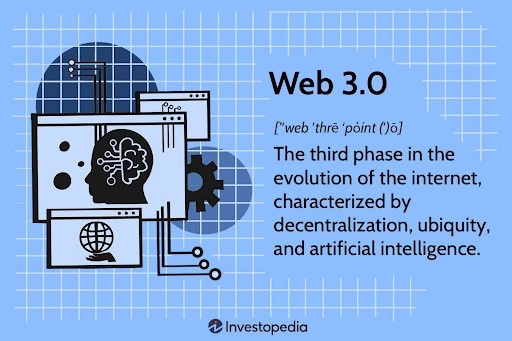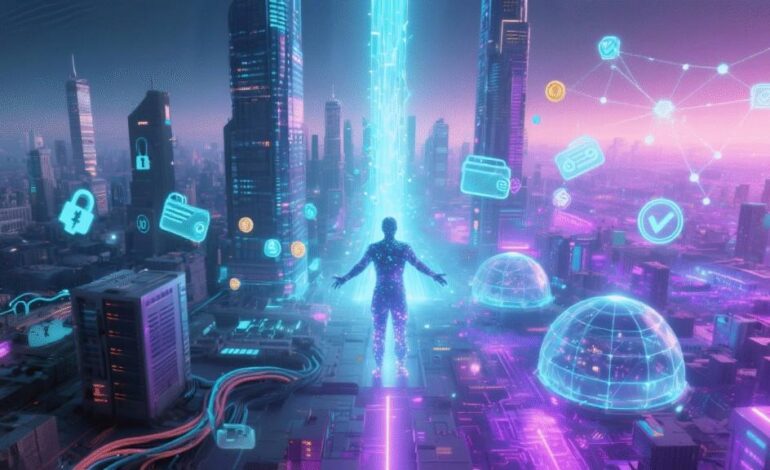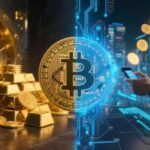Key Insights
- Web3 has been popular because it transfers power from tech giants to individual users through blockchain technology.
- Users now own their data and digital identity through wallets. They can therefore move freely between platforms without losing their information or assets.
- DAOs give users voting rights on platform decisions and are turning consumers into shareholders.
The internet has gone through massive changes since its early days. Web 1.0 gave us static pages that we could only read. Web 2.0 brought social media and interactive platforms.
Now Web3 promises something different entirely. The decentralised internet is attempting to return ownership and control to the people who actually create value online.
Why Today’s Internet Needs Fixing
The current internet model treats users as products. Users post photos, share updates and create content. Still, the platform owns all of it. They collect data, sell it to advertisers and profit from their users’ activity.
In return, these users get nothing except the privilege of using their service.

An alternate definition of Web3 | source: Investopedia
These companies also make every decision behind closed doors. They can delete user content, ban accounts or change their policies without asking. Users have zero say in how things work and their data sits on servers.
If a user chooses to leave, they lose everything they built there.
How Web3 Changes Everything
Decentralised applications run on blockchains instead of company-owned servers. These dApps use smart contracts, which are self-executing programs that follow rules.
No company can change these rules or shut down the service without reason.
Smart contracts remove the need for trusted middlemen entirely. The code executes exactly as written every single time and thousands of computers verify each transaction across the network.
Thus, this system relies on math and cryptography instead of corporate promises.
You Control Your Own Data
Data sovereignty has been one of the biggest changes in the Web3 revolution. Information no longer sits in corporate databases and storage networks like IPFS host your data instead.
Cryptographic links connect this data to your digital wallet.
This changes everything about online ownership. Your profile, posts and digital assets belong to you and you can move them between different services without losing anything.
Think of it like owning your house instead of renting an apartment.
The old model forced you to hand over your data just to use a service. Facebook owns your photos and Twitter owns your tweets. YouTube owns your videos and Google knows virtually everything about you.
They profit from this content while you receive nothing, and web3 flips the script entirely.
Your Identity Belongs To You
Self-sovereign identity removes the need for passwords and email logins, because your cryptographic wallet becomes your identity online. No company controls it and no one can take it away.
Logging into dApps requires signing transactions with your private key.
This proves who you are without you having to reveal personal information. You never hand over your email, phone number or real name and the system protects your privacy by design.
Governance Power Shifts To Users
DAOs are a new way to run online platforms. These platforms write their rules into smart contracts on the blockchain, and these rules govern how the organisation operates.
Governance tokens give holders voting rights on platform changes. For example, if fees need to be adjusted on a DEX, token holders vote on it. If they need to allocate funds from the treasury, token holders also decide.
Every major decision goes through this democratic process.
This completely changes the relationship between platforms and users. You stop being just a customer and token ownership makes you a shareholder with real influence.
How DAOs Work In Practice
Traditional companies operate through top-down control. Executives make decisions in private and shareholders might get a vote on major issues once a year.
Regular users on the other hand, never get any input at all.
DAOs publish every proposal publicly on the blockchain. Anyone can review the details, discuss the implications and cast their vote. The entire process also remains transparent and auditable with no backroom deals or hidden agendas.
Some DAOs control billions of dollars in treasury funds. Token holders decide how to spend this money and they vote on development priorities, marketing budgets and partnership deals.
The community therefore, runs the show instead of a board of directors.
What The Decentralized Internet Actually Offers
Several sectors already show what Web3 can do. Decentralised finance platforms let people lend, borrow and trade without banks. These DeFi protocols operate 24/7 with no approval process and anyone with an internet connection can participate.

The difference between web1, 2 and 3 | source: Adjust
Social media dApps also resist censorship by design and no single company can delete your posts or ban your account.
Content creators even maintain ownership of their work and can monetise directly through their communities without platform fees eating into profits.
There Are Still A Few Issues
The Web3 revolution still has a few real obstacles to tackle. For starters, scalability issues currently plague many blockchains.
Transaction speeds often can’t match traditional services and fees sometimes spike during heavy usage periods.
User experience needs major improvement because managing private keys and understanding blockchain transactions confuses most people.
The technology must therefore become invisible before mass adoption happens.
Disclaimer: BFM.Times strives to provide accurate and timely information; however, it cannot be held liable for any errors, omissions, or inaccuracies. Cryptocurrencies are highly volatile assets—conduct your own research and make informed financial decisions.












